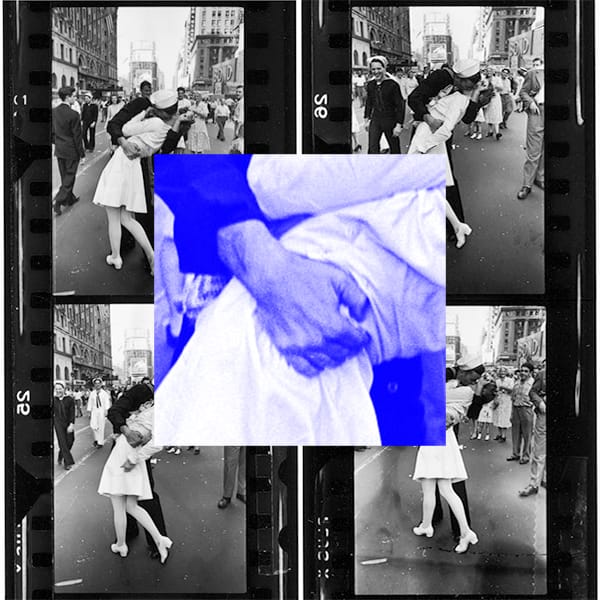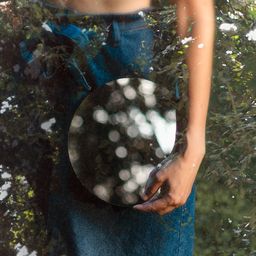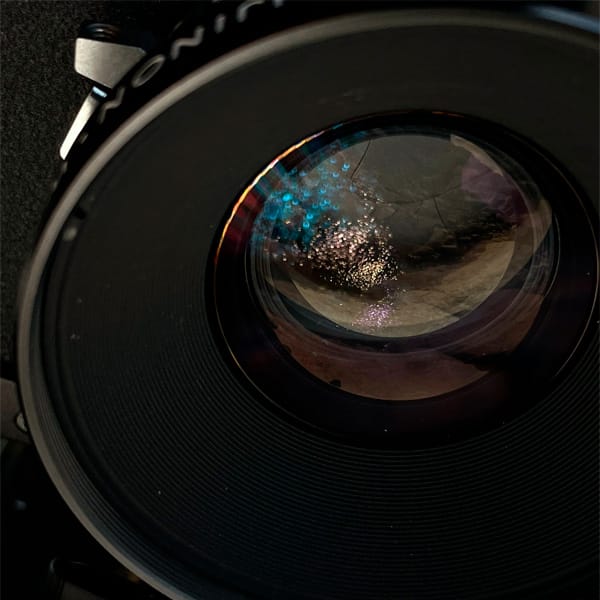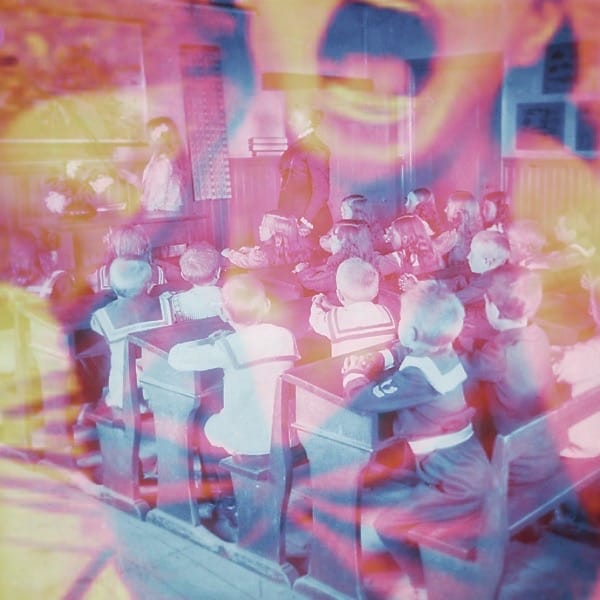#EN2.3 Vehicles of prejudice - part I
Sources of power that lie outside and inside us.

Quick note: I have made a small change to improve the separation of the Italian and English newsletters. You can now manage your subscription to each one separately from your account.
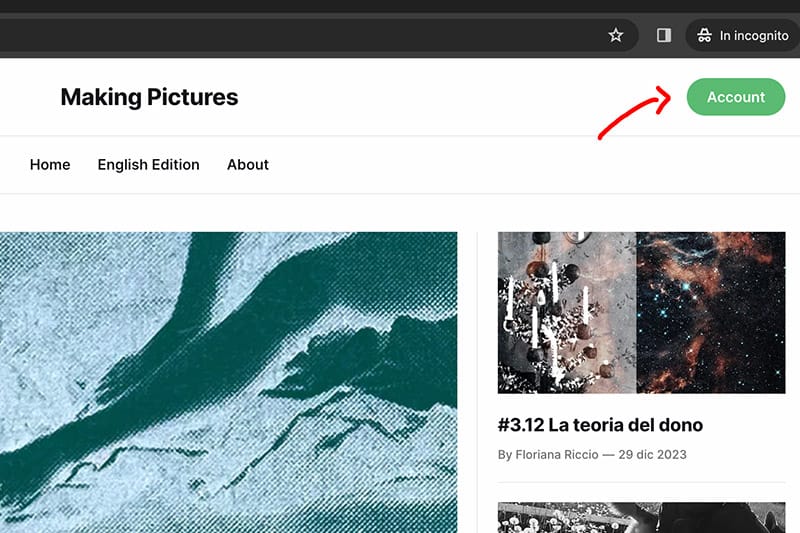


The subtitle is a quote from David Freedberg, The Power of Images: Studies in the History and Theory of Response.
Every topic I discuss here has already been extensively explored by someone who has dedicated years of their lives to studying and experiencing them firsthand. These people have meticulously documented their thoughts, ideas, and experiences, resulting in valuable dialogues that are often confined within the boundaries of their respective fields of expertise.
Photography, used as an investigative tool, transcends boundaries by unearthing patterns, connecting scattered moments in time, and allowing for networks of emotional, visual, and semantic connections.
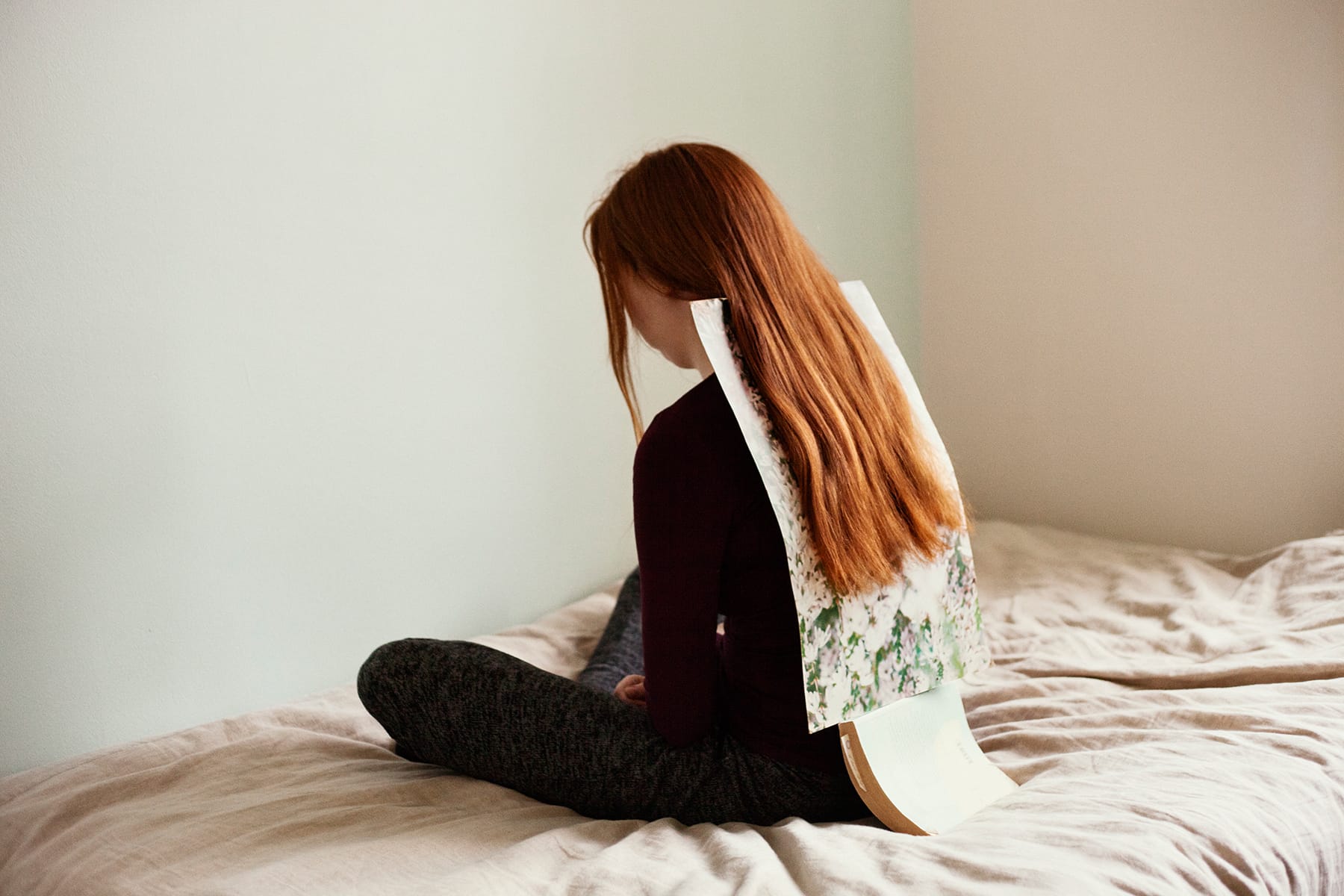
We possess a powerful tool for shaping attitudes and behavior through immediate and widespread communication, enabling us to create meanings.
«One must keep an eye on all visual representation [...] because of its strong ability to engage the viewer and transcend natural law. It may seem lifeless, but it has the potential to come to life; it may be silent, but it has its presence and can move and speak [...]. This may seem irrational to those who fear the relations between form and gaze, and it is an irrationality that a rational society wishes to control». David Freedberg, The Power of Images: Studies in the History and Theory of Response.
This is the first time I have used a quote as a subtitle, but I couldn't have found better words, so why not? Let's say that books are my helpers in life. I still need to figure out how to sharpen my judgment and not be too extreme in my views. I am aware that the world is not just black or white, but rather a mixture of both. However, sometimes to bring balance to an unbalanced situation, you have to take a leap of faith and try something different, even if it seems scary.
Discussing prejudices can be challenging without an objective perspective. Some biases are easy to spot, but others are more nuanced and can even be socially accepted. These mechanisms can be tough to change. I'm sure that everyone can think of at least one obvious bias they hold.
Today, we will be discussing implicit biases and how they are reflected in photographs. We will explore how these biases can be positive or negative and how we can manage them in our photographs. However, it is important to note that it is challenging to identify our own implicit biases, similar to understanding our liver's current state without medical tests.
I've decided to split this post into two parts. In part two, we'll explore some examples from the world of photography that might help us in this endeavor.
We are currently living in a time where there is a strong conflict between change and preservation, not only in society but also in the field of photography. It can be compared to a tug-of-war battle, where the more one side pulls, the more the other side resists.
«Photographs are all around us in many aspects of culture, but we often fail to acknowledge their presence. How do these images affect our social interactions, our perception of the world, other people, and even ourselves?
[...] Everywhere we can see idealized pictures that are used to stimulate consumer desire, not only in food industry.
[...] The role played by photographs in our daily lives is important, so much so that what we are allowed to see is a matter of political judgment and the decision-making power of social institutions». David Bate, Photography: The Key Concepts
We are surrounded by countless images that offer us a glimpse into different realities and communities, including those that are distant or marginalized. However, is mere exposure to these images enough? Is there a difference between an image and its representation? How can we identify when a representation that we believe to be accurate is flawed to the point where it causes harm? And how do we decide whether we are okay with this or not?
A camera does not take pictures; it records them. The same applies to CCTV cameras and photo traps; they produce video and photo material (even extremely interesting) without human intervention.

When it comes to photography, machines lack the mental and unconscious plane that guides the photographer's decisions and judgments.
«Photography is essentially an analytical discipline. Whereas a painter starts with a blank canvas and builds an image, a photographer is faced with the clutter of reality and must choose an image. A photographer standing in front of houses, streets, people, trees and artifacts of a culture imposes an order on the scene in front of him: he simplifies chaos by giving it structure and imposes this order by choosing a point of observation, a framing, a moment for the shot and a plane of focus. [...] By bringing order to this situation, a photographer resolves an image rather than composing it». Stephen Shore, The nature of photographs
When we take photographs, we go through stages of recognition and judgment, which is an unconscious and automatic process that cannot be avoided. When we encounter a finished photograph, either ours or someone else's, our mind recognizes patterns that we have stored in our memory. The choices we make regarding the photograph depend on the evaluation we have of that stereotype or model.
It is not always easy to distinguish or isolate the different elements of this process, just like it is not possible to separate whisked egg yolks from sugar once they are mixed. However, sometimes we can make a guess, perhaps because the photographer intends to convey his or her perception.

While terms like stereotype, prejudice, and discrimination are often used interchangeably, I think it's important for photographers to understand the differences between them. By recognizing and educating themselves on their own patterns, judgments, and attitudes, they can improve their photographic practice. However, this can only be achieved through honest and curious exploration. As they say, there's no better way to learn about something than by photographing it.
«Sometimes I meet young artists and it becomes clear that for some the main motivation is getting a show in Chelsea. It strikes me that this is very different to the way it was for me, which was that I wanted to understand photography and the world and myself. To do that, I produced work. The work that was shown was like a by- product, but never the purpose of my photography. The thought process doesn't even have to be conceptual or intellectual. It can be visual, or a layer of thought that's wordless. I'm always exploring some question or other, but it may not even be formulated as such. I believe the work produced by most established artists, was produced as a by-product of their personal explorations». Stephen Shore in Anne-Celine Jaeger, Image Makers. Image Takers
I believe that this is the way out, when possible, of the system that sustains warped, even invisible, structures and visions, conditioning us through mechanisms of inhibition and reward.
«A former student of mine just had his first show and was selling prints for $9,000 and that may affect what he does. I'm delighted photographers can now make a living from selling their work, but I can see that unless you're sure of yourself, you might get swayed by the market». Stephen Shore in Anne-Celine Jaeger, Image Makers. Image Takers
I believe that with some training and education, I will be able to identify opportunities to break down complex problems, even if it means breaking it down one step at a time. Odyssey's Penelope showed that in situations where you can't completely fix a problem, you can slow it down and wait for the right time to make progress. This means undoing what was done during the day, at night. It's important to experiment and find what works best.
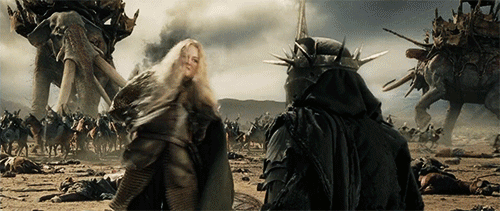
Stereotypes are patterns that we use to categorize individuals, behaviors, and social groups. They are like molds in our minds that help us recognize and define who is in front of us, enabling us to figure out how to behave accordingly. It is important to understand that we all have these templates in our minds, and we always use them. We cannot destroy them or process information out of them by simply "suspending" them at will. However, we can improve them, make them more inclusive, and nurture them.
We use these structures to select what to photograph, to recognize and comprehend what is in front of us, and to determine whether it is worth our attention or not.
«One summer day when I was about nine years old, I was riding in the car with my mom and my sister when I observed a motorcycle with a sidecar coming up alongside us. I exclaimed, "Wow, look at the mom and dad and their kid!" thinking that my mom and sister would find it as cool as I did.
My mother's response surprised me. "What do you see?" she asked. I repeated, "A dad, a mom, and their kid", thinking she didn't hear me. Once ore my mother asked me, "What do you see?" Thoroughly confused, I struggled for several minutes, feeling like she missed the point and quietly wondering if the sight wasn't as neat as I thought it was. She asked the question again, and as I pondered what I soon perceived as a riddle, my sister hesitantly said, "A man, a lady and a child". "Yes", replied my mom. "You assumed you knew who they were, but it wasn't what you could see". "Oh", I said. And thus I learned the first of many lessons on the role assumptions play in how we view the world around us.
[...] what we see is influenced by our individual perceptions and perspectives at a given point in time». Sharon J. Washington in Marvin Heiferman, Photography Changes Everything
Prejudice, which refers to preconceived judgments that do not adapt to the situation at hand, influences how we photograph certain subjects.
«Light can be soft and affectionate, or a brutal and ugly tool, which can be used on someone you don't like». Eugene Richards in Anne-Celine Jaeger, Image Makers. Image Takers
We can choose to use a visual grammar that is open to interpretation, allowing observers to insert and project their own judgments.
«[...] the striking resemblance in (Thomas) Gainsborough's portraits was achieved by leaving "many important parts undetermined". [...] this technique invites the viewer to fill in, with his imagination, the missing details, thus allowing a greater verisimilitude of the painted person's features in the viewer's mind, far beyond what is in fact achievable in any painting». David Bate, Photography: The Key Concepts
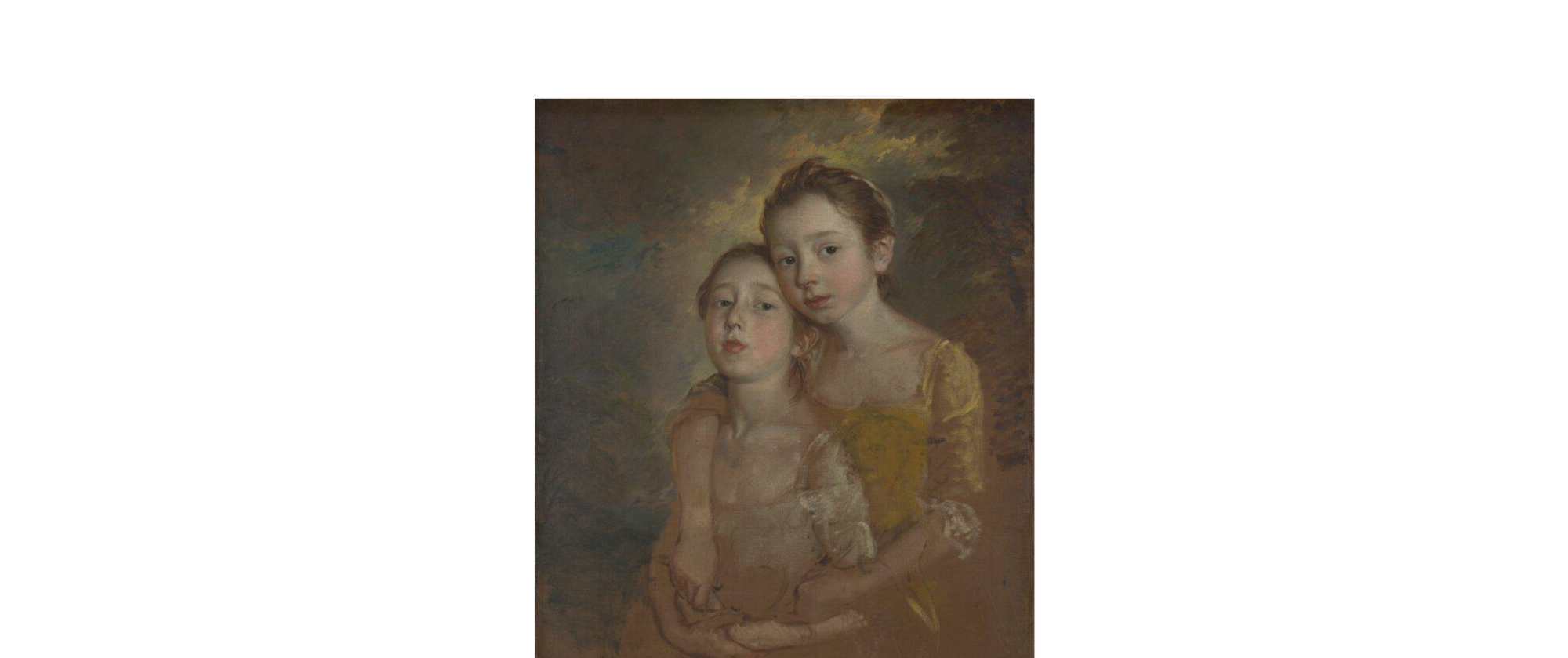
Missing details, blurs, and undefined edges are not the only features of a visual language that passes minimal judgment, giving room for interpretation. Similarly, even if a language clearly and precisely shows everything as it is, the observer is still responsible for projecting their own patterns onto what they see.
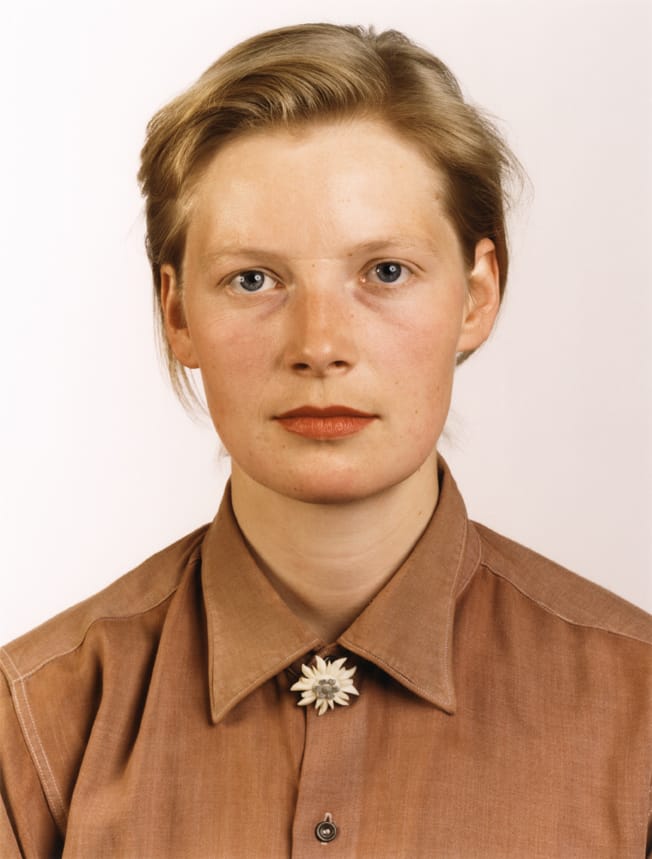
«I want to show things you might not see in normal life. I make normal things appear special. I want people to look at life in a new and different way, but it always has to be based on reality. It's important that you don't pass judgement, and leave space for interpretation. [...] I usually find that portraits work best if you don't have a specific idea of what you are looking for. You have to be open for anything to happen. If you try and force something, there is always the danger of a picture becoming too one-dimensional». Rineke Dijkstra in Anne-Celine Jaeger, Image Makers. Image Takers
Projection can reinforce one's pre-existing beliefs, leading to a feeling of validation. However, for those who are open to it, it can also provide an opportunity to examine and modify those beliefs. In this context, photography acts as a mirror that reflects our own biases and thought patterns, allowing us to analyze them as if they were coming from an external source.
«Lots of people say they don't understand contemporary art, but it's not like people actually understand the religious and symbolic background of paintings from the seventeenth and eighteenth centuries. Just because something is represented in a figurative way, people think they understand it. It's also a big mistake in photography. People generally think, "I can judge this image because I can see what's in the picture and I could take this picture myself," but it doesn't happen that often that people actually figure out what it is that the artists want to show us or that they develop a sophisticated way of seeing. [...] You can only learn to see by really looking at images and dealing with the impact. they have. You have to engage with a photograph, even if you can't explain it properly. It happens to me that I'm fascinated by a piece of work but can't explore it all the way. In fact, the best works are often the ones that make you feel uneasy, or uncertain». Dr Inka Graeve Ingelmann in Anne-Celine Jaeger, Image Makers. Image Takers
Human identity is a delicate construction and can be influenced by the opinions of others. These judgments can either positively or negatively affect how we view ourselves, others, and our connections.
«Often viewers project their own embarrassment and discomfort when they look at difficult images». Mary Ellen Mark in Anne-Celine Jaeger, Image Makers. Image Takers
When society and the market are in a state of depression, stereotypes become more prevalent. People seek stability and cling to what they know, even if it means perpetuating an unbalanced system.
Photography and imagery play a crucial role in discussions surrounding privilege and bias, often possessing the capability to shift perspectives more effectively than words.
«Using photographs as educational resources presents particular challenges and must be done with care. There is always more than face value in any photo [...] photographs are not objective; they can easily tell as many lies as truths.
As America Native people struggled to adapt to catastrophic changes to their old ways of living, photographers took thousands of studio portraits and made what they believed to be neutral ethnographic images of the "vanishing Indian." As Native cultures bent under pressure to assimilate into mainstream America, photographers routinely captured images that compared the new "civilized" Indian to the tradition-bound "savages".
[...]
Photographers also accompanied government expeditions to the West where they documented traditional cultures, leading the way for tourists and commercial photographers who followed, carrying their cameras and preconceptions into Native American communities. Their efforts generated a legacy of photographic images [...] that can serve today as rich educational resources. But if used carelessly, they can also fuel romanticized and stereotypical perceptions [...]». Edwin Schupman in Marvin Heiferman, Photography Changes Everything
